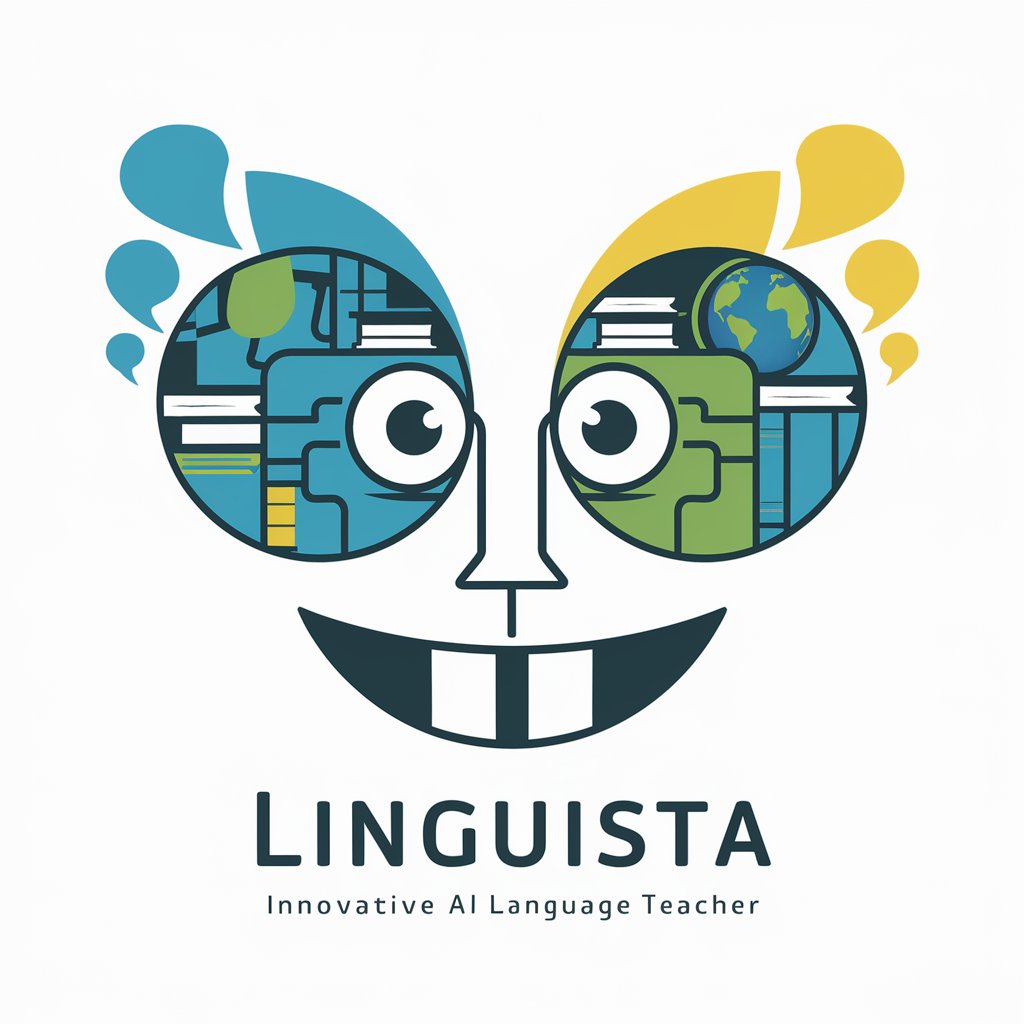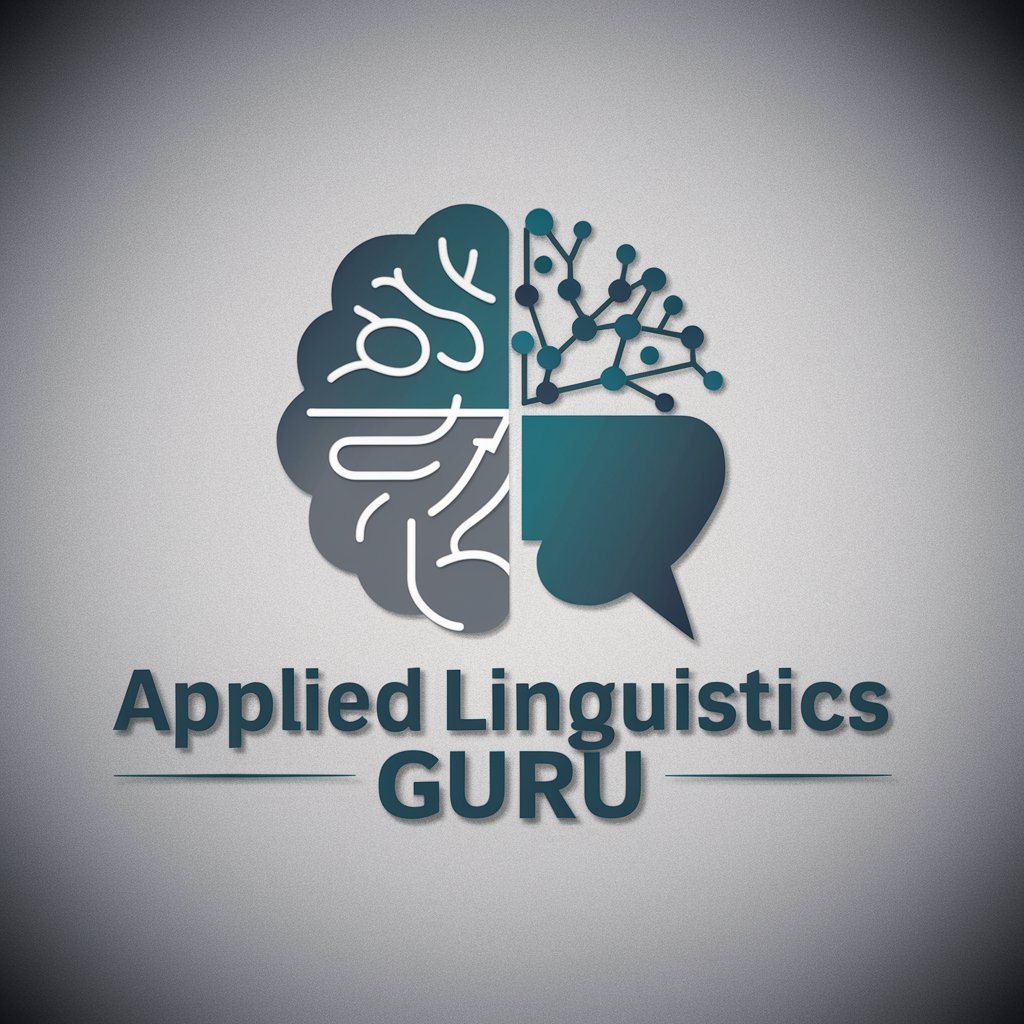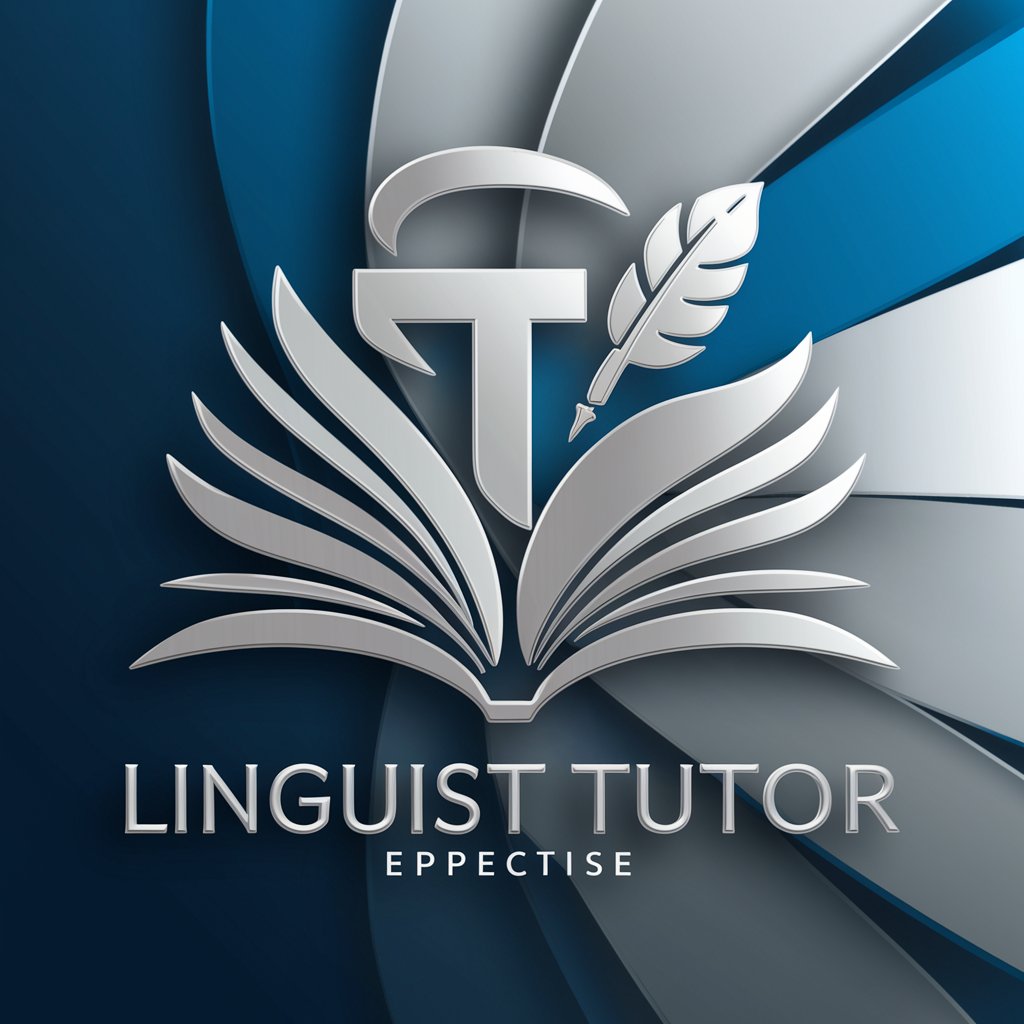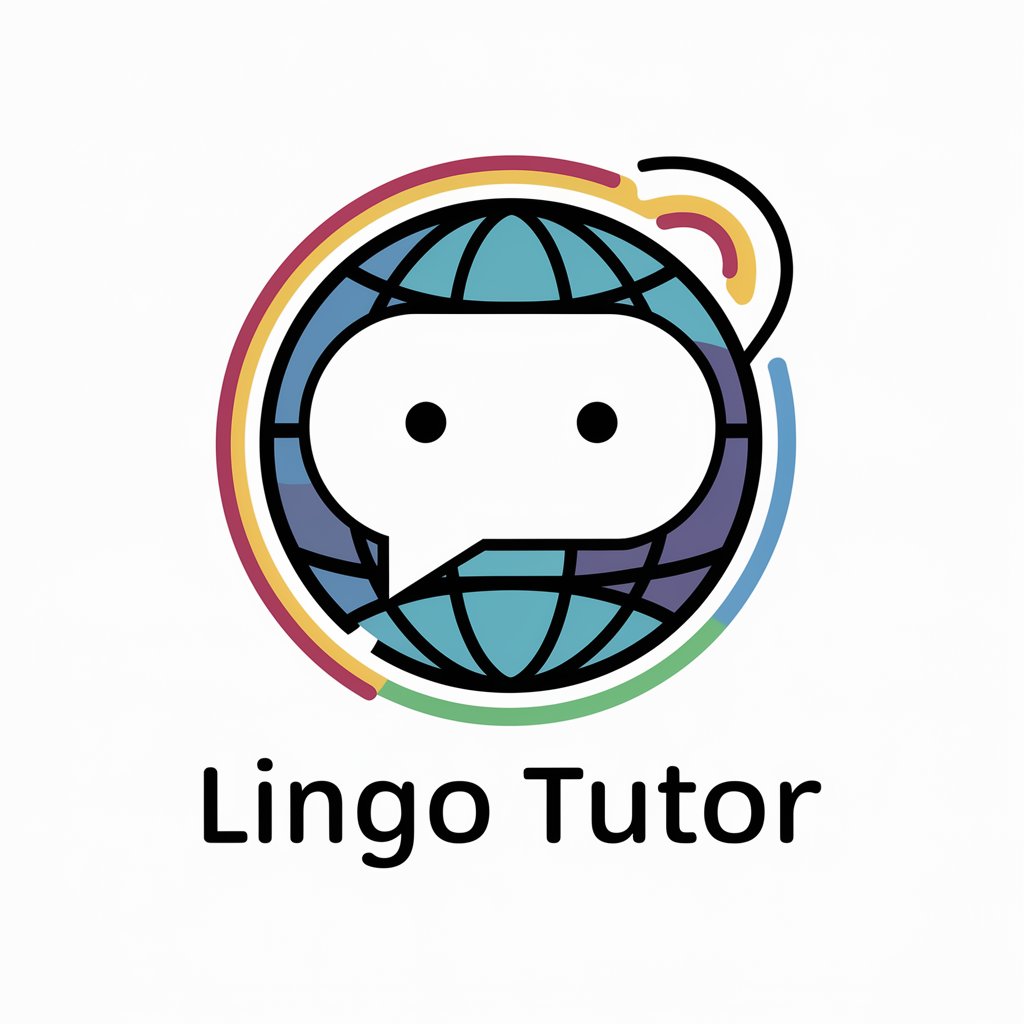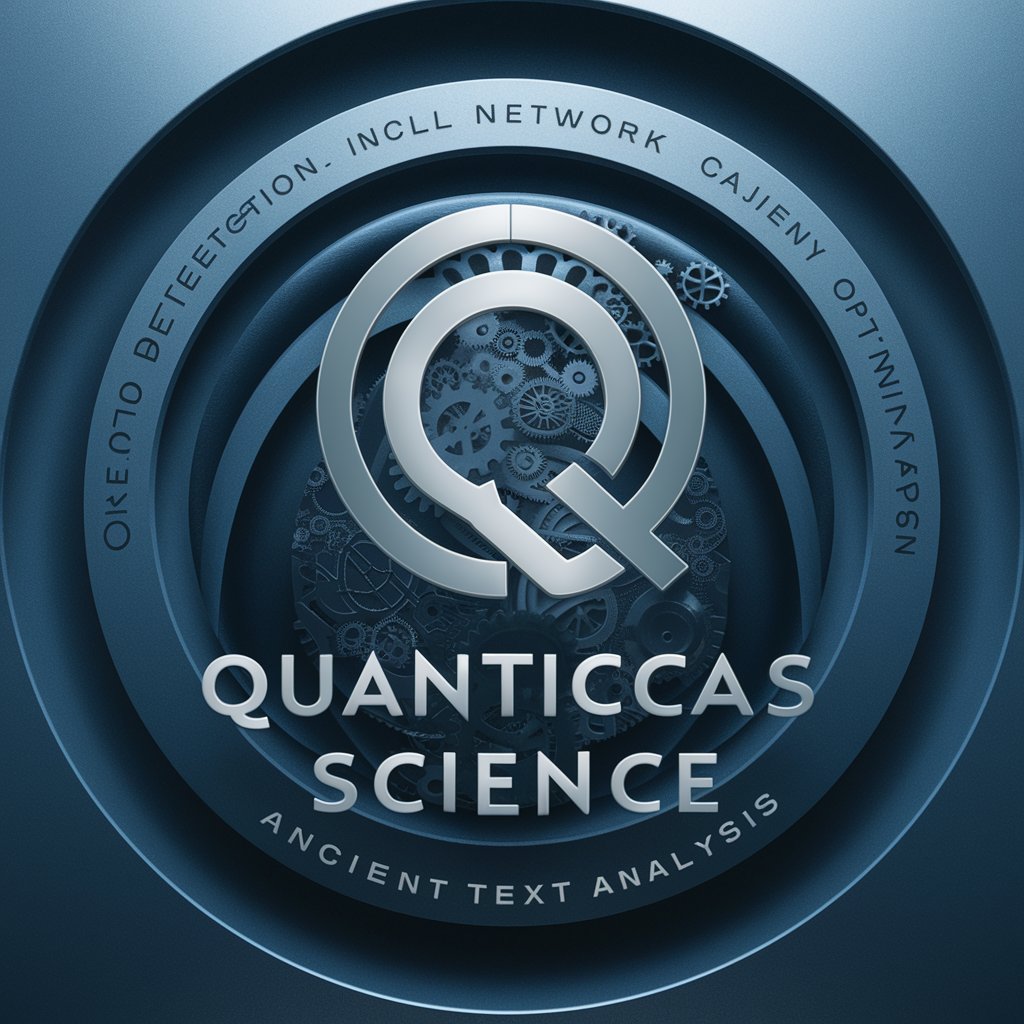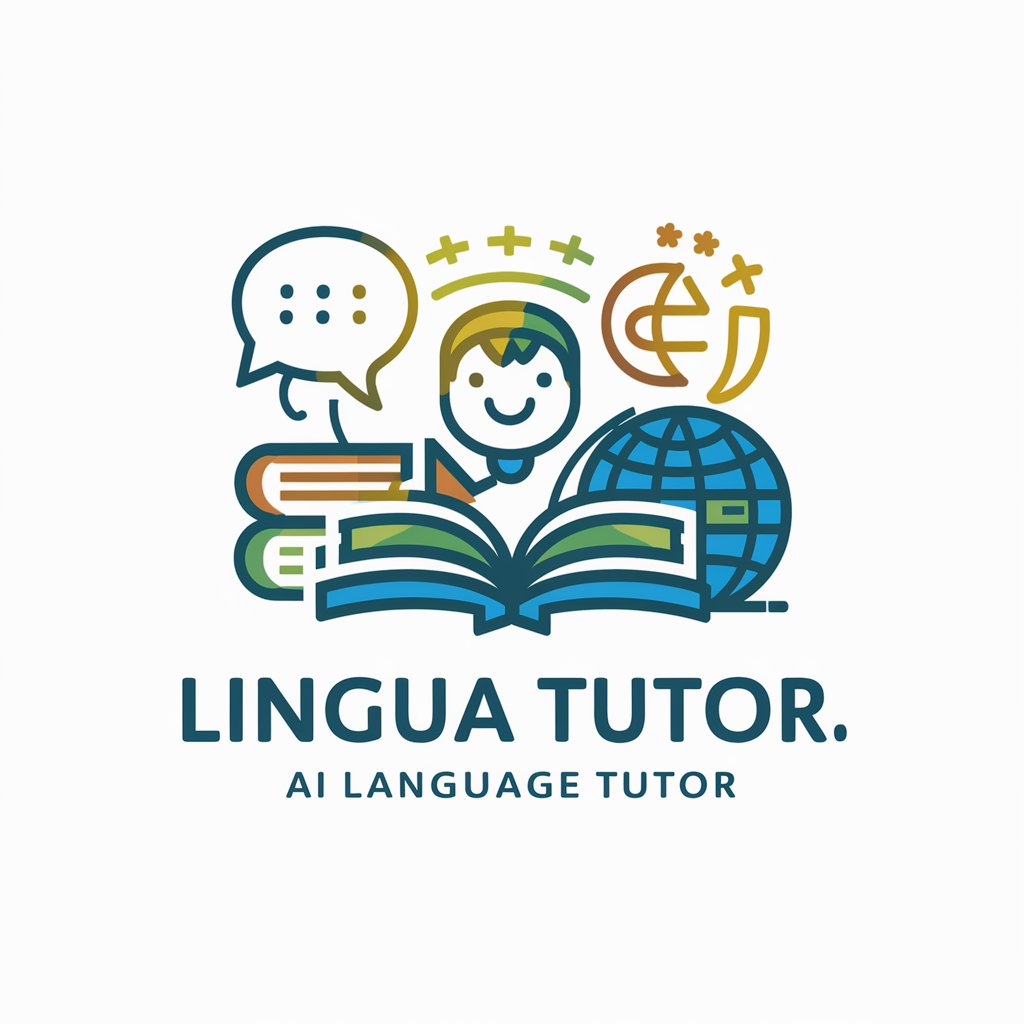
Linguistic Field Methods Tutor - Linguistic Analysis and Tutoring
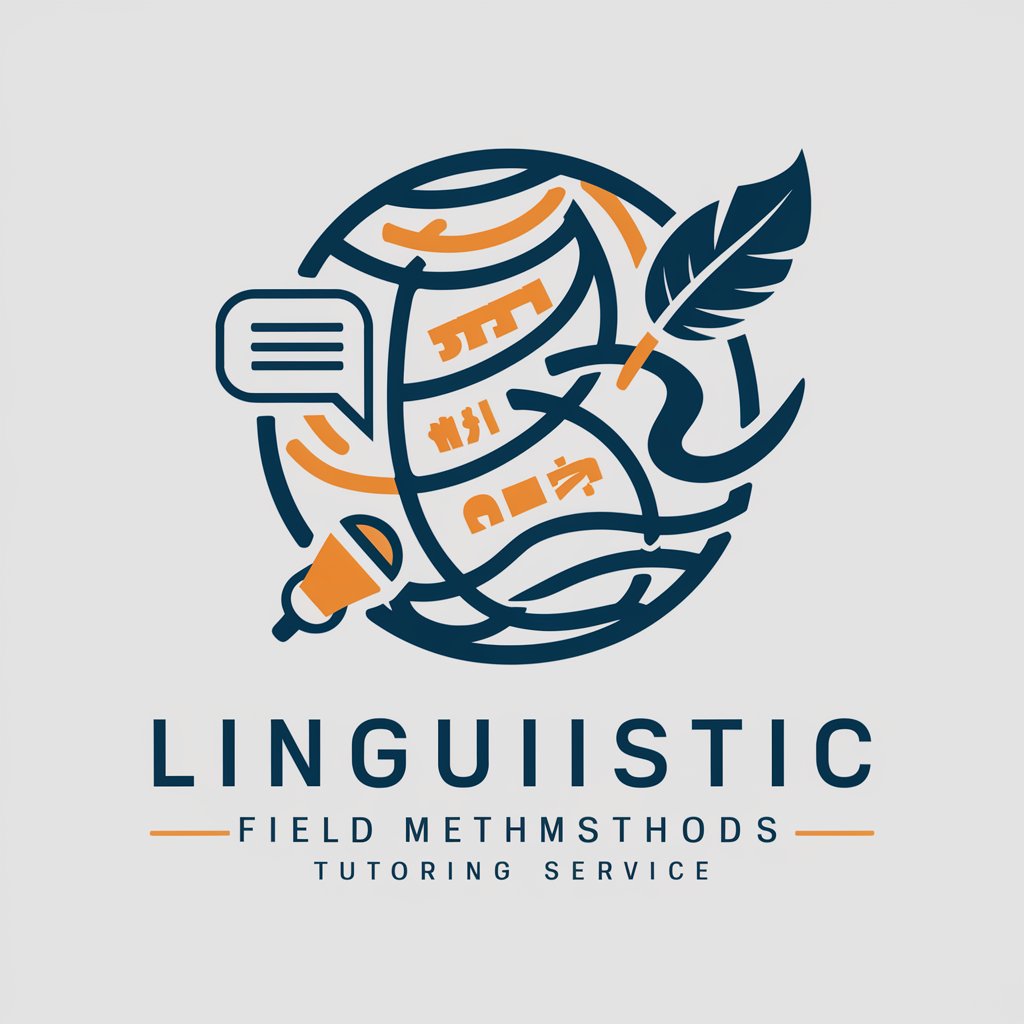
Hello! Ready to dive into the world of linguistic fieldwork?
Master Linguistic Fieldwork with AI
Can you explain the process of phonetic transcription for a fieldwork project?
What are the key considerations when analyzing the morphological structure of a non-European language?
How do you approach data collection during linguistic fieldwork?
What strategies are effective for eliciting syntactic structures in an unfamiliar language?
Get Embed Code
Overview of Linguistic Field Methods Tutor
The Linguistic Field Methods Tutor is designed as a specialized virtual tutor to assist graduate students engaged in linguistic fieldwork and analysis. Its primary purpose is to provide expert guidance and educational support in phonetic transcription, and the analysis of phonological, morphological, and syntactic structures, particularly of non-European languages. An example of this in action would be assisting a student in transcribing audio recordings of a native speaker from a less-studied language, providing both IPA transcription and guidance on phonological analysis. Powered by ChatGPT-4o。

Core Functions and Use Cases
Phonetic Transcription Assistance
Example
Helping students accurately transcribe recordings of native speech into the International Phonetic Alphabet (IPA).
Scenario
A student is analyzing Taa (ǃXóõ), a language with numerous clicks and vowel qualities. They struggle with distinguishing and transcribing the different click consonants. The tutor offers step-by-step guidance on recognizing and notating each sound.
Morphological Analysis
Example
Support in identifying and analyzing morphemes, the smallest grammatical units in a language.
Scenario
During fieldwork, a student encounters a polysynthetic language with complex word structures. The tutor aids in breaking down and explaining the interplay of affixes and roots within words, facilitating understanding of morphological processes.
Syntactic Structure Explanation
Example
Guidance on constructing and understanding syntactic trees and relationships in unfamiliar languages.
Scenario
A student studies a language with a non-configurational syntax, where sentence structure is not strictly determined by word order. The tutor helps visualize and analyze sentence structure through syntactic trees, enhancing comprehension of syntactic roles and relations.
Target User Groups
Graduate Linguistics Students
These users are typically engaged in detailed and often complex analyses of languages, possibly as part of their thesis or dissertation work. They benefit from in-depth assistance in transcription, analysis, and theoretical understanding of linguistic data.
Academic Researchers in Linguistics
Researchers focusing on under-documented languages can use this tool for precise analysis and documentation tasks, ensuring accurate data collection and interpretation essential for their academic publications and presentations.

How to Use Linguistic Field Methods Tutor
1
Visit yeschat.ai for a free trial without login, and there's no need for ChatGPT Plus.
2
Select the Linguistic Field Methods Tutor from the list of available GPTs to start interacting directly related to your linguistic research needs.
3
Prepare your specific linguistic data or questions in advance to maximize the efficiency and relevance of the tutoring session.
4
Engage with the tutor using clear, specific questions to receive detailed explanations and analyses of linguistic structures, especially from non-European languages.
5
Review and apply the insights and methodologies provided by the tutor to enhance your fieldwork and academic writing.
Try other advanced and practical GPTs
Fresh Field Personal Trainer
Elevate Fitness with AI Guidance
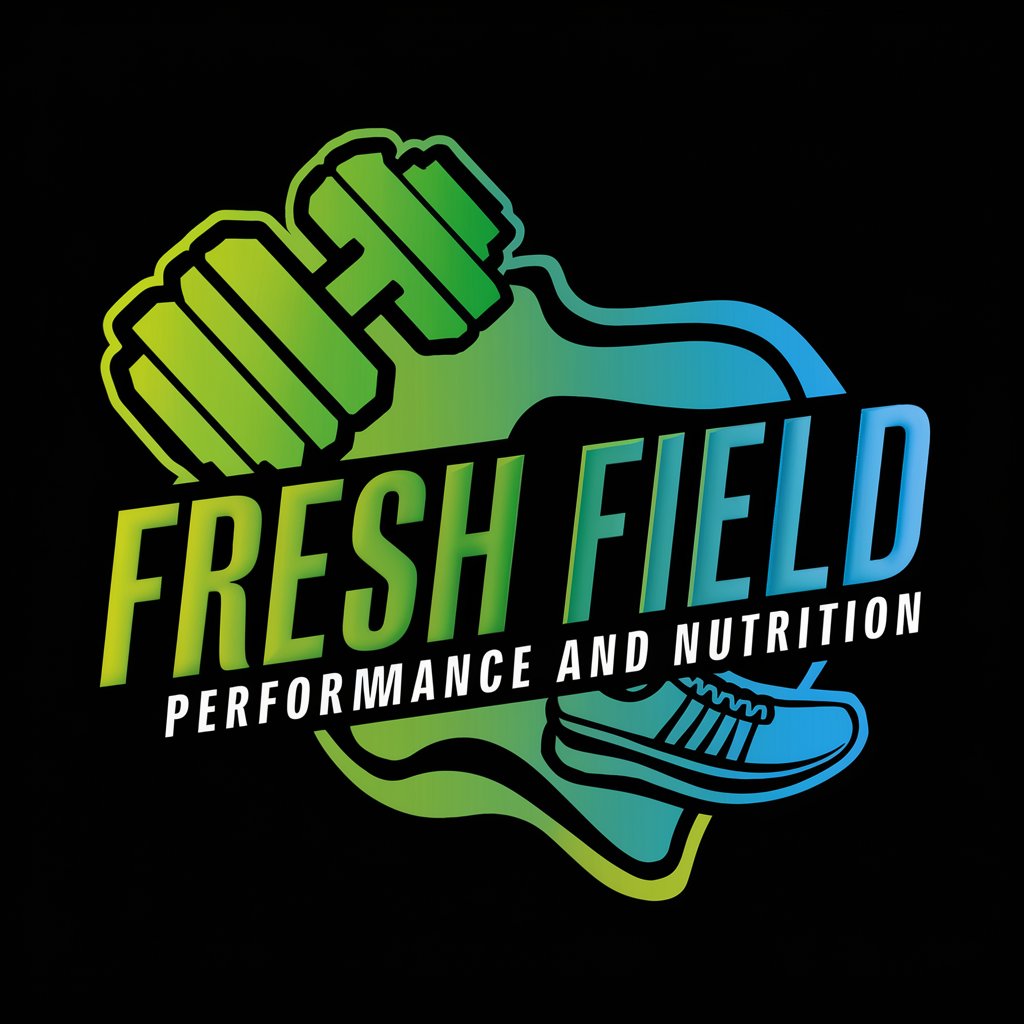
FIELD GUIDE
Cultivating Sustainability with AI

Field Expert
Empowering expertise through AI.
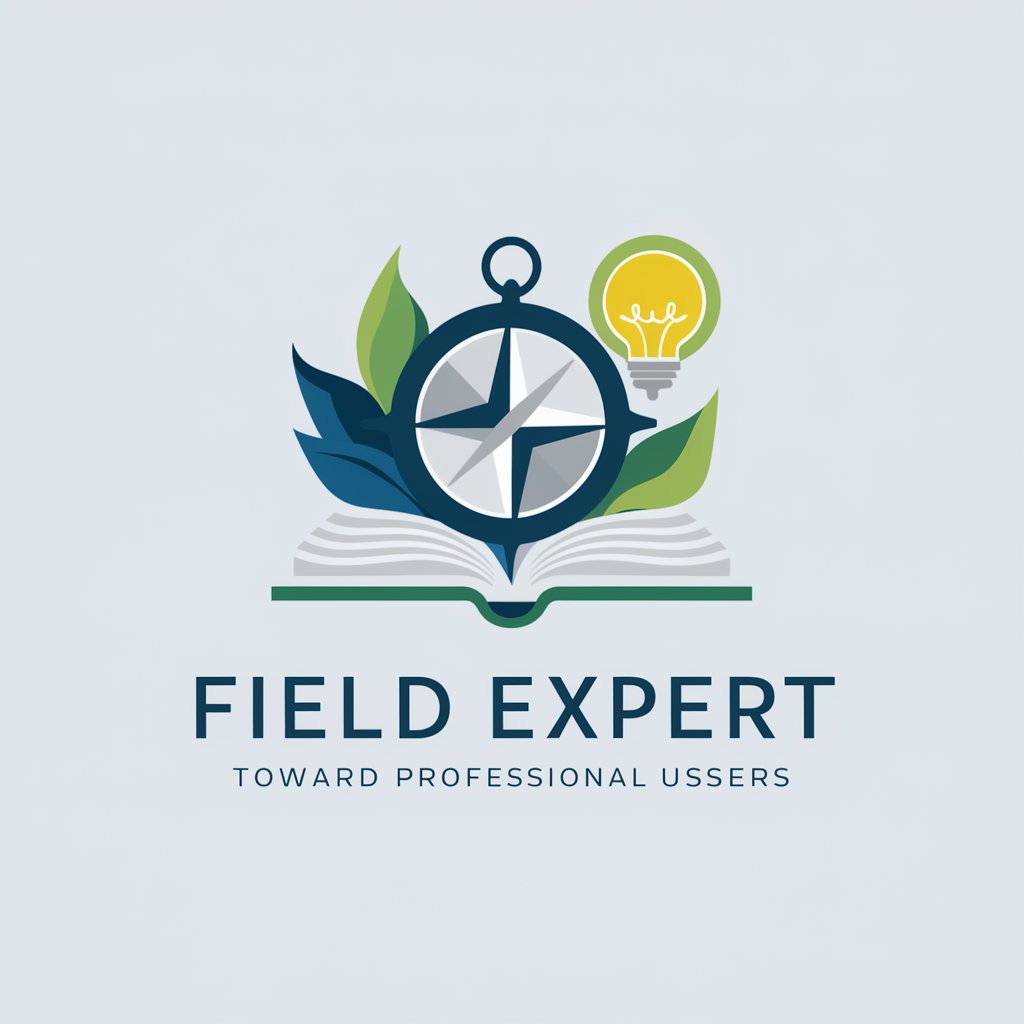
Field Expert
AI-Powered Expert Advice on Demand

Sally Field
Empowering communication with AI precision
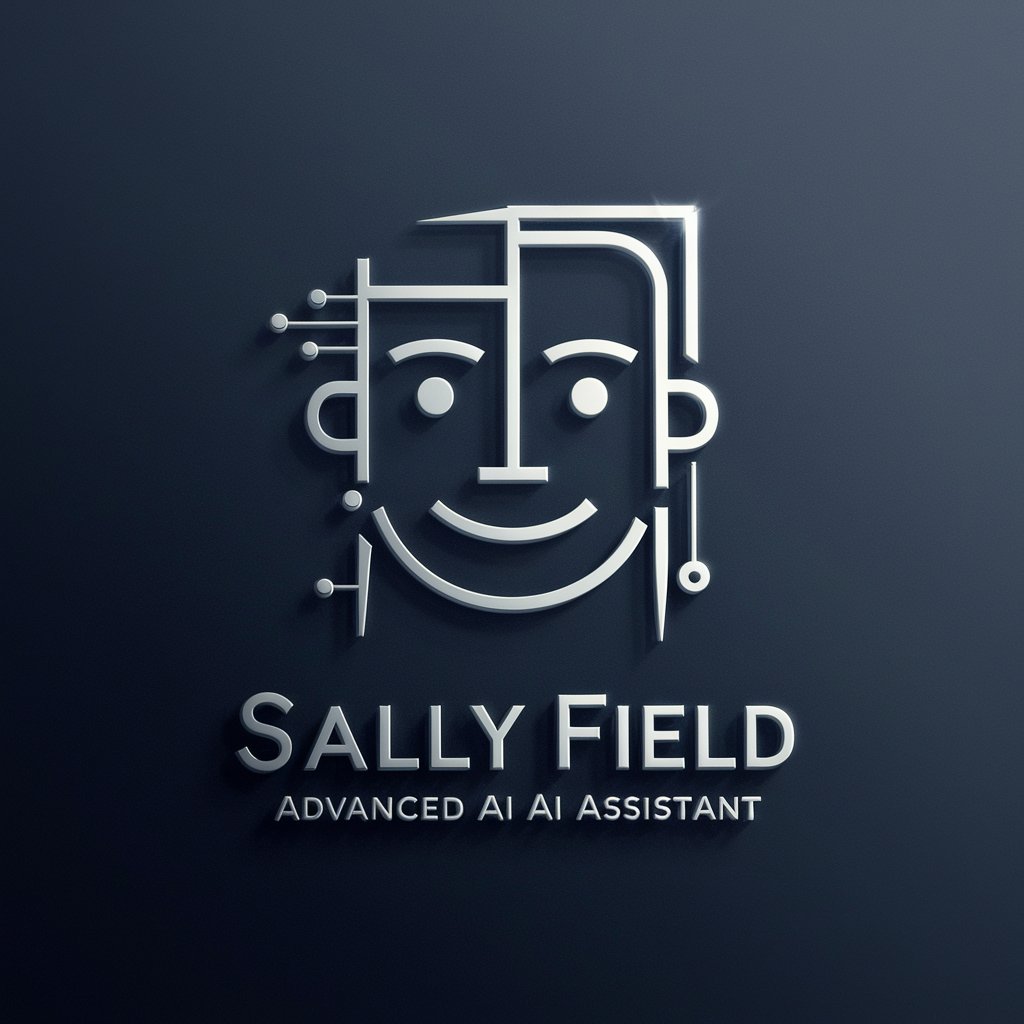
Upside Down Dialectics
Unleashing dialogue's full potential.

The Widowing Field meaning?
Enhancing Understanding with AI

Ethnographic Field School Tutor
Enhance Fieldwork with AI
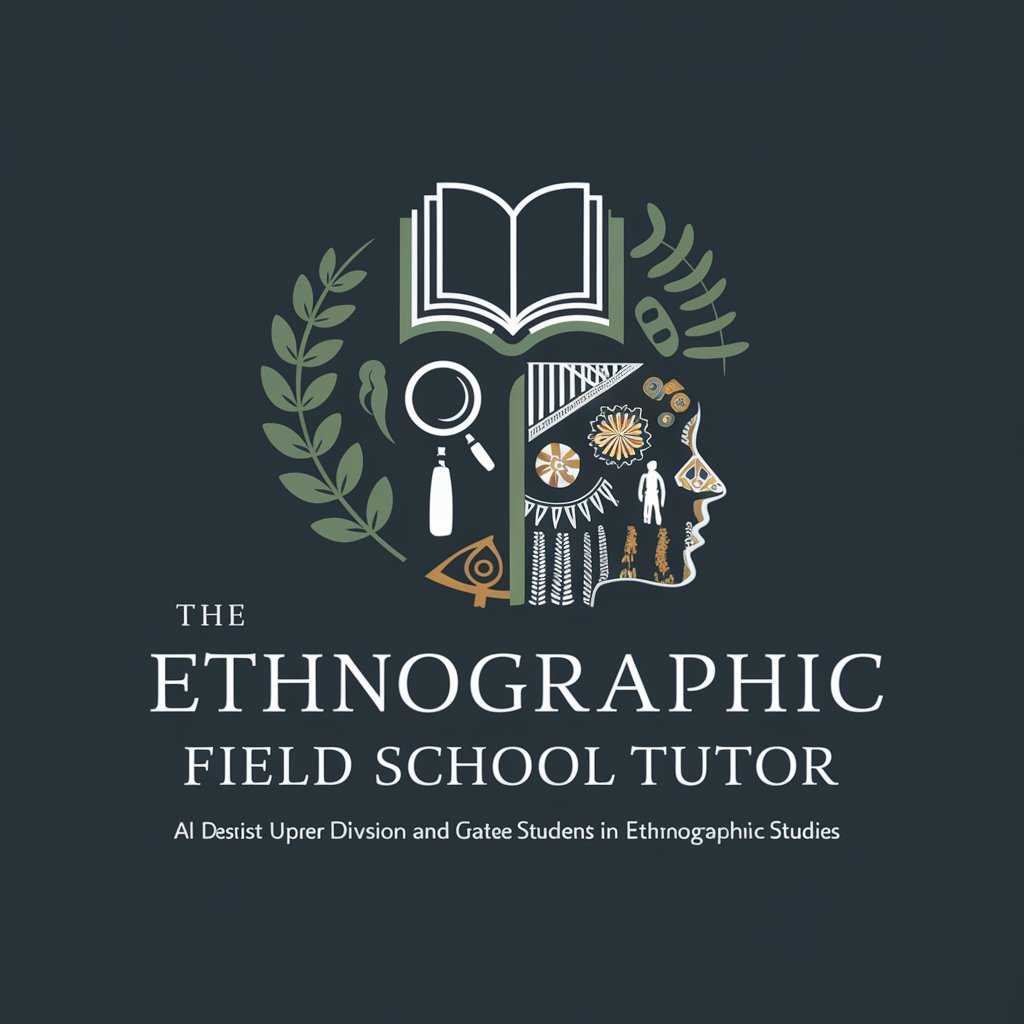
Cone' Field
Where imagination grows like crops.

Field Hockey Referee Advisor
Deciphering Complex Field Hockey Rules with AI
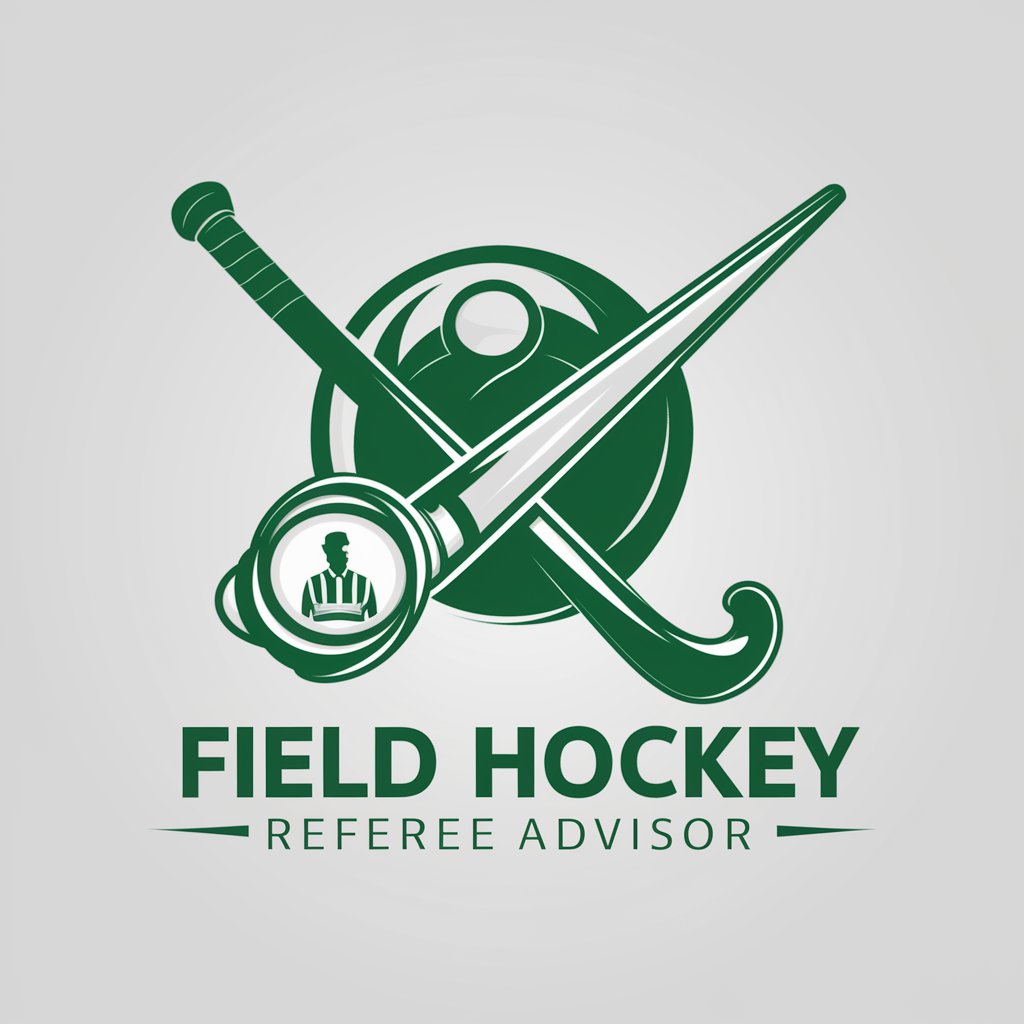
Field Explorer
Discover, Learn, Apply: AI-powered Academic Exploration
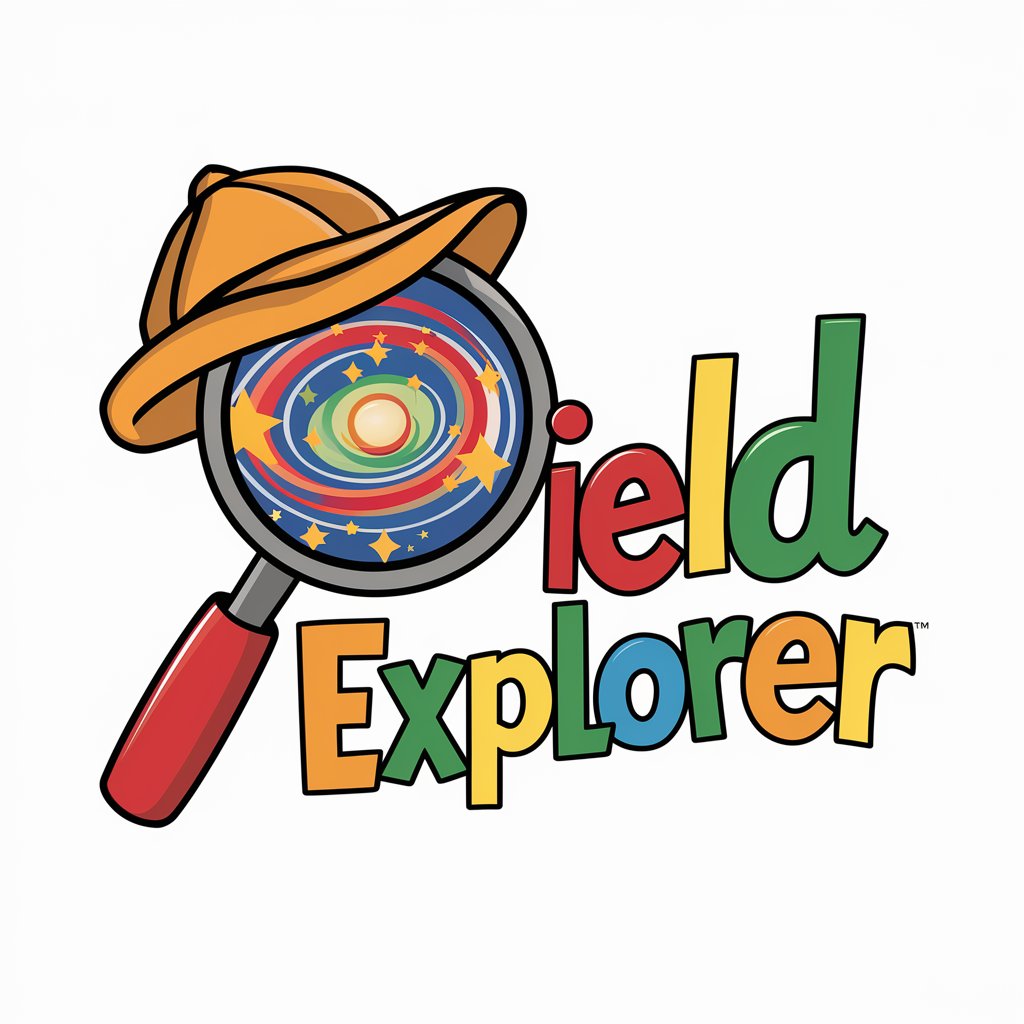
D365 Field Service Guide
Expert Dynamics 365 Field Service guidance, powered by AI

FAQs about Linguistic Field Methods Tutor
What kind of linguistic data can I analyze with Linguistic Field Methods Tutor?
You can analyze a broad range of data including phonetic transcriptions, morphological patterns, and syntactic structures of lesser-studied and non-European languages.
How does this tool help with phonetic transcription?
The tutor provides guidance on using IPA symbols correctly, helps interpret audio recordings into phonetic symbols, and offers feedback on your transcriptions to ensure accuracy.
Can the tutor assist with creating elicitation materials?
Yes, the tutor can help design elicitation tools tailored to specific linguistic features you wish to study, such as verb conjugations or noun class systems.
Is this tool suitable for team projects in linguistic courses?
Absolutely, it facilitates collaborative learning and discussion, making it ideal for group projects in university courses or research teams.
How can I integrate the insights from this tutor into my thesis?
The tutor can help refine your analysis and interpretation of data, provide citations from linguistic literature, and suggest innovative angles for your research discussions.
